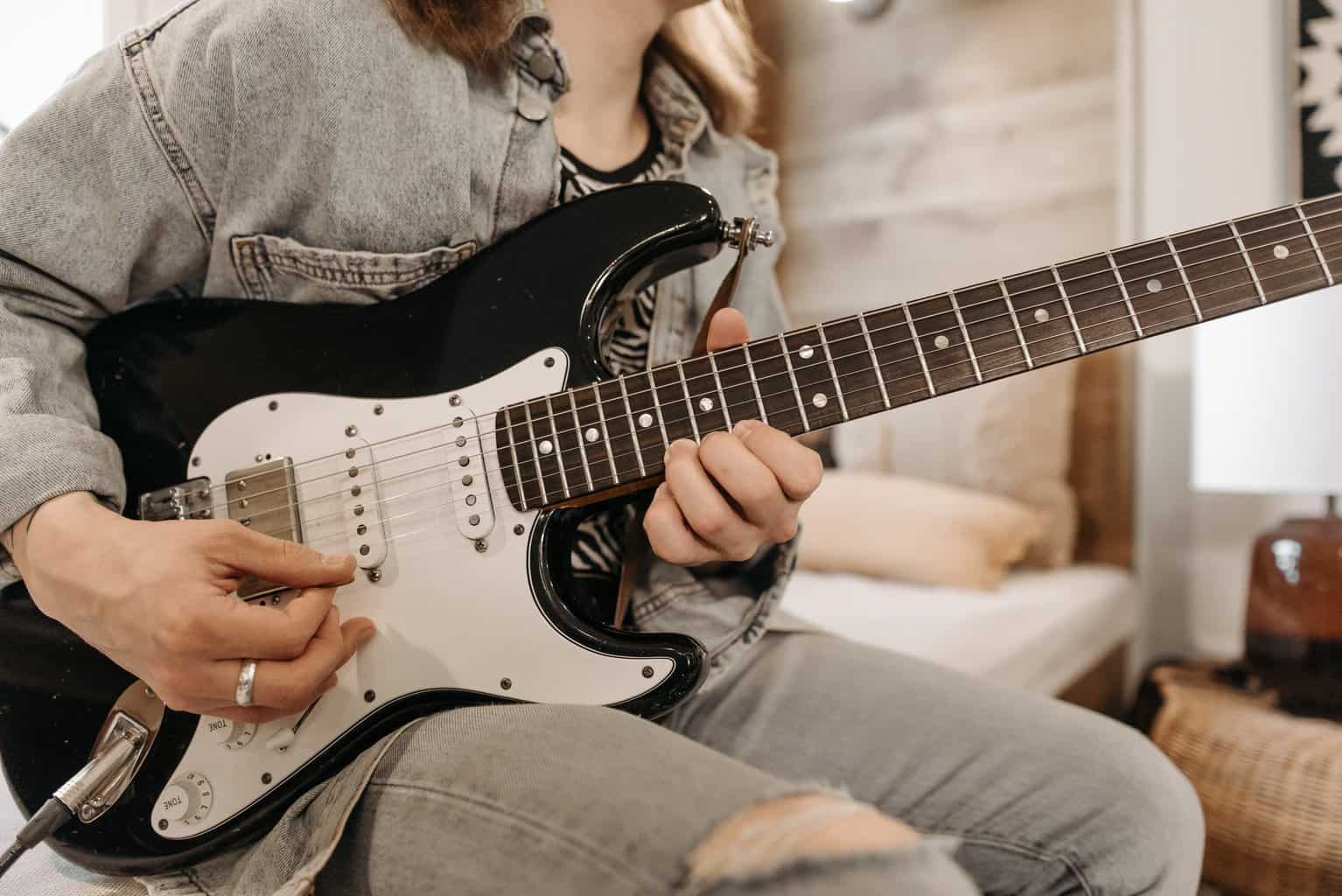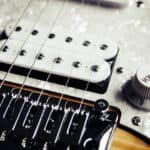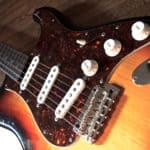The guitar is a wonderful and complex instrument and is the one that mainly calls people’s attention.
Every single component of the guitar is involved in its sound and playability.
On this occasion, we are going to talk about middle pickups.
It may be a forgotten part of the instrument for most players but some of them definitely use this pickup selector.
Middle pickups are another possible choice to have a wider range of sounds and flavors in your playing. Particularly, they sound neutral with no treble ni mid punch and work great for rhythm. They are also mostly used combined with the neck and bridge pickups but they may also be used purely themselves.
Through this article, I will show every option middle pickups provide: how they sound when to use them if they are necessary, or even their combined variations.
I hope this could help to get accustomed to them and experiment with them in your playing.
Are middle pickups necessary?
Middle pickups are not something you need or don’t, they provide a set of different options in terms of sound and tone.
Some guitarists are really fond of these pickups while others don’t even use them.
As music has no rules, you will decide whether use a middle pickup or don’t.
Remember that how you built your own personal style and sound is completely up to you.
How does the middle pickup sound?
These pickups are commonly thought of as an option for neutral sound.
What I mean to say is that this position is used when you want the most normal authentic sound of the guitar.
When you select the middle position, you won’t have much spice or emotion in your tone and that’s not a bad thing at all.
Sometimes you don’t need to say something amazing. Having the contrast of a duller line before a screaming lick is great to keep the listener engaged.
Nevertheless, middle pickups not only have a pretty sound but also a yelling tone.
This could be an amazing lead position which is also good for rhythm sections if you don’t want a lot of low end.
What is more, it could give you a balanced nice solo sound especially if you play fingerstyle.
This selector has many choices to discover, bear in mind that in some cases, your playing doesn’t need to scream.
In addition, there will be times when you might require a monotone sound.
The middle pickup of a guitar is great for combining
Since the middle pickup has a neutral sound is great for combining it with the others.
This pickup is commonly used in association with the bridge or neck pickup.
Moreover, the usual practice is to split the coil of a neck or bridge pickup when is used with the middle one in the 2nd and 4th positions of the pickup selector.
In that way, we can find two combinations: middle/neck and middle/bridge.
The middle/neck combo resembles an acoustic-like clarity plus better note intelligibility and bouncing funky tone.
This combination has a nice punch but it is also delicate, is excellent for ballads too because it maintains the melody in the front.
On the other side, we have the middle/bridge combo which gives a punchy attack and has that bluesy, tough-sounding tone that gives a lot of definition and string sound.
This mixture of pickups may vary on different guitars.
If your instrument has a dedicated tone control just in the middle pickups, you would get a notched wah sound plus enhanced harmonics and thick attack.
Contrarily, if your guitar has a master tone control, this combo could sound a bit more muffled.
Last but not least, it is really interesting how various pickup combinations react.
When combining single coils you can cancel out the 60 cycle hum which is great to get a cleaner and clearer sound.
When to use the middle pickup of a guitar
When players want to get different tone combinations or even play neutral, calm lines, they might go for the middle pickups.
These positions are really nice for contrasting the various sections of a music piece.
However, everything is a matter of every musician’s taste.
Some players prefer middle pickups and their possible combinations to play rhythm, lead, clean, distorted, or anything whereas others use them just for rhythm because of their rounder sound.
Actually, is quite difficult to have a clear idea of when you need that sound.
A wonderful exercise you could try is to play songs you already know top to bottom but trying to find places in which middle pickups’ sound could fit well and make sense.
Middle and neck pickups are usually the same but sound different: Why?
As the title explains, neck and middle pickups are the same, both selectors are equal with the exception that in modern pieces the middle pickup is reversely wound.
What this makes is to cancel out the hum when combining them in 2nd and 4th positions as we’ve already mentioned.
In addition, they are located in different sections of the guitar, the neck pickup is positioned very close to the hill of the neck while the middle pickup is halfway between the bridge and the neck.
This is extremely relevant because each position has a distinctive sound due to strings not vibrating the same along with the entire instrument’s length.
As a result, every pickup can get a different tone depending on its location.
You can get a lot of flavors just by switching among them.
Why not many players use the middle pickup alone?
Do you remember that we pointed out that there are no rules in music?
Well, this topic is quite related to that.
Although there are a lot of sound options in the middle pickups, most players don’t ever use them and it could be because they have never explored their sound.
Nevertheless, many guitarists prefer both neck and bridge positions because they can express more extreme emotions in their sound.
Furthermore, middle pickups are an option but you are not forced to use them if they don’t suit your style or sound.
Like with everything in life, you will have to choose whether to use middle pickups or not.
You may leave them aside if you don’t like their tone or you can take profit from them and try to find a way to make them work in your music.

Hello there, my name is Ramiro and I’ve been playing guitar for almost 20 years. I’m obsessed with everything gear-related and I thought it might be worth sharing it. From guitars, pedals, amps, and synths to studio gear and production tips, I hope you find what I post here useful, and I’ll try my best to keep it entertaining also.





